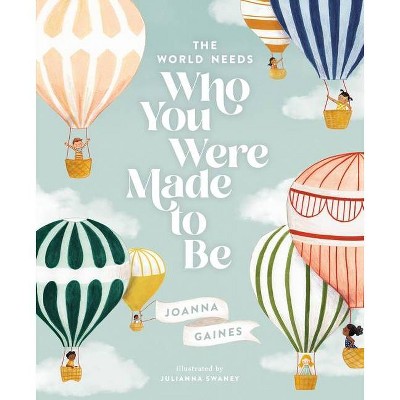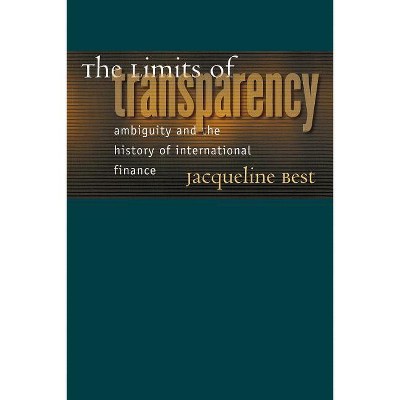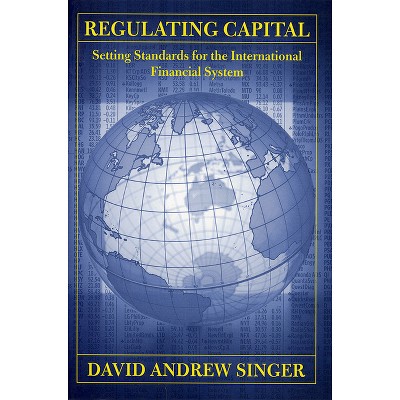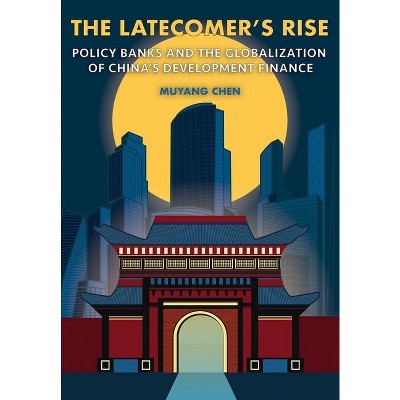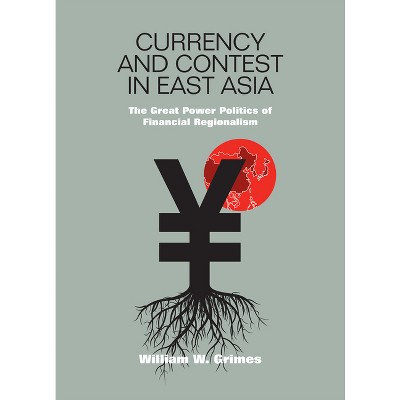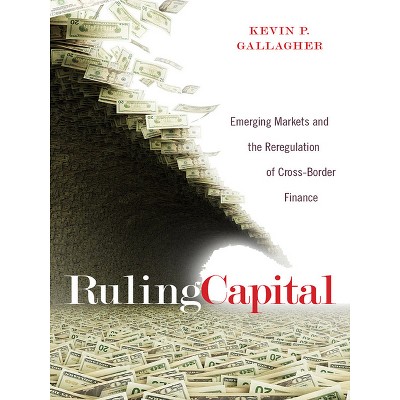China and the End of Global Silver, 1873-1937 - (Cornell Studies in Money) by Austin Dean (Hardcover)

About this item
Highlights
- In the late nineteenth century, as much of the world adopted some variant of the gold standard, China remained the most populous country still using silver.
- About the Author: Austin Dean is Assistant Professor of History at the University of Nevada, Las Vegas.
- 264 Pages
- Business + Money Management, Money & Monetary Policy
- Series Name: Cornell Studies in Money
Description
About the Book
"For a very long time, silver was money, but in the late nineteenth century, much of the world adopted some variant of the gold standard. China, however, remained the most populous country still using silver, although the country had no unified national currency; there was not one standard, but many: silver coins circulated alongside chunks of silver and every transaction became an "encounter of wits." This book focuses on how officials, policymakers, bankers, merchants, academics, and journalists in China and around the world answered a simple question: how should China change its monetary system? As different governments in China attempted to create a unified monetary standard in the late 19th and early 20th century, imperial powers--the United States, England, and Japan--tried to shape the direction of Chinese monetary reform for their own benefit. This book argues that the Silver Era in World history ended due to the interaction of imperial competition in East Asia and the state-building projects of different governments in China. When the Nationalist government of China went off the silver standard in 1935, it marked not just a key moment in Chinese history, but in world history"--Book Synopsis
In the late nineteenth century, as much of the world adopted some variant of the gold standard, China remained the most populous country still using silver. Yet China had no unified national currency; there was not one monetary standard but many. Silver coins circulated alongside chunks of silver and every transaction became an "encounter of wits."
China and the End of Global Silver, 1873-1937 focuses on how officials, policy makers, bankers, merchants, academics, and journalists in China and around the world answered a simple question: how should China change its monetary system? Far from a narrow, technical issue, Chinese monetary reform is a dramatic story full of political revolutions, economic depressions, chance, and contingency. As different governments in China attempted to create a unified monetary standard in the late nineteenth and early twentieth century, the United States, England, and Japan tried to shape the direction of Chinese monetary reform for their own benefit. Austin Dean argues convincingly that the Silver Era in world history ended owing to the interaction of imperial competition in East Asia and the state-building projects of different governments in China. When the Nationalist government of China went off the silver standard in 1935, it marked a key moment not just in Chinese history but in world history.
About the Author
Austin Dean is Assistant Professor of History at the University of Nevada, Las Vegas. Follow him on X @TheLicentiate.
Shipping details
Return details
Trending Non-Fiction





